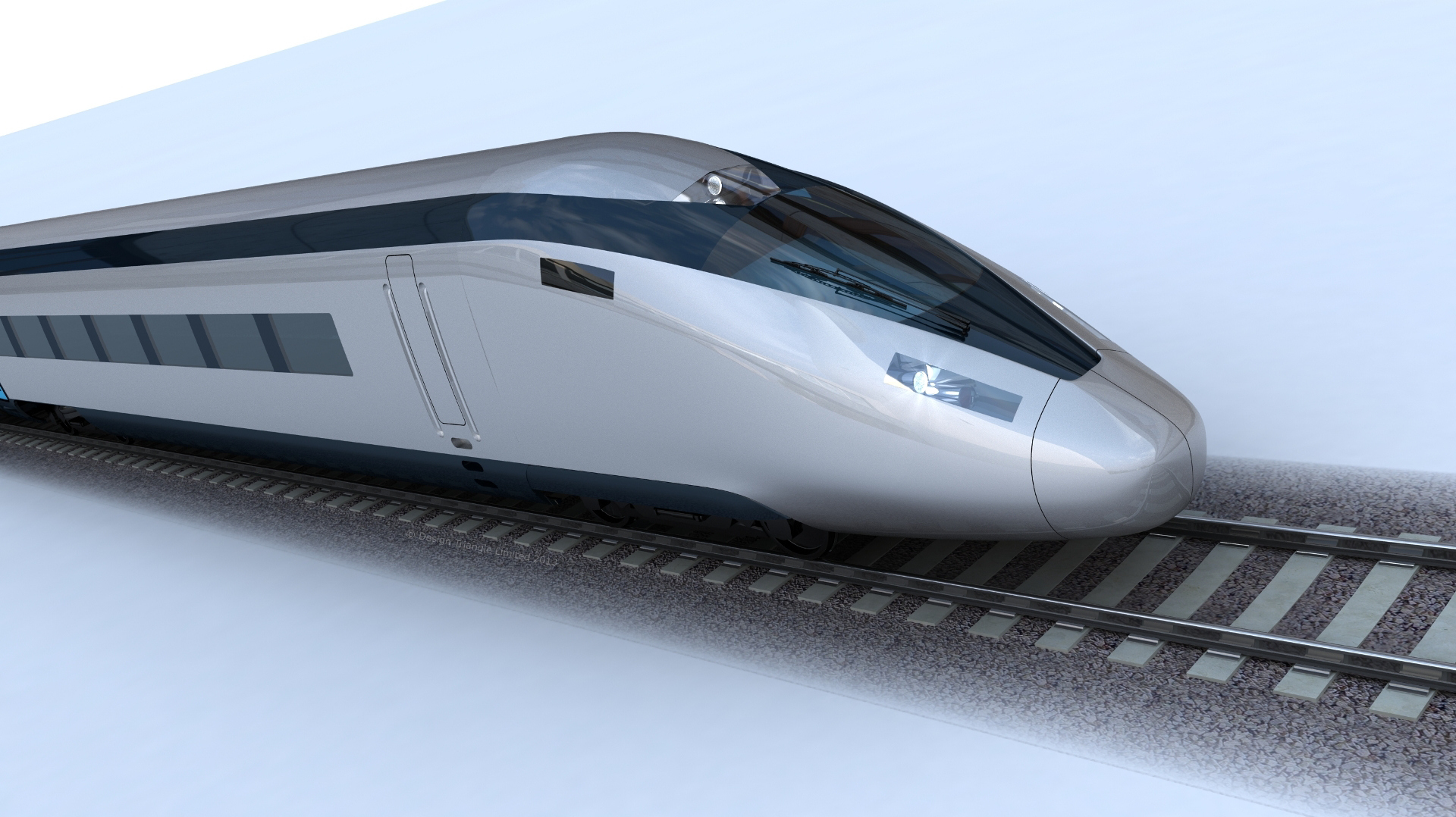The need for an integrated railway in the Midlands and North
Contents |
[edit] Introduction
ICE has responded to the National Infrastructure Commission's (NIC) call for evidence on rail needs for the Midlands and the North. In this blog, ICE discusses where the NIC’s priorities should lie.
[edit] The impact of increased connectivity
An integrated rail network is integral for improved connectivity and transport capacity in the Midlands and the North. Such a system could increase productivity by creating enhanced city-to-city connections and allow these regions to compete more favourably with London and the South East.
In February 2020, the Government responded to Douglas Oakervee’s review of HS2. One of the key recommendations Oakervee made was the development of an integrated railway plan for Phase 2b of HS2 – new lines running from Crewe to Manchester and Birmingham to Leeds.
Off the back of this recommendation, the National Infrastructure Commission (NIC) was tasked with conducting an assessment of the rail needs of the Midlands and the North. ICE has submitted a response to this consultation and argues that an expansion of rail services is needed to level up all parts of the UK.
[edit] A level playing field for rail
The Midlands and the North have experienced decades of under-investment in transport, with IPPR North estimating that there is a £1500 per person funding gap between these regions and London. As a result, productivity, economic output and numbers of skilled jobs have lagged behind. This situation is exacerbated by how projects are appraised and evaluated, which has historically given priority to already productive areas of the country.
A greater political focus on devolution has enabled the development of projects like Midlands Engine Rail and Northern Powerhouse Rail. However, an expansion in rail infrastructure requires a coherent approach to planning and delivery, which in turn meets passenger needs.
[edit] Recommendations
ICE has made the following recommendations to the Commission.
[edit] Door to door journeys have to be considered.
Most people outside of London drive to work, so there needs to be a realistic alternative. Encouraging people to swap cars for carriages will require well connected stations and wider transport infrastructure to get people to their destinations.
[edit] Enhancement of the existing rail network cannot be forgotten.
Second, with HS2 and plans for new lines concentrating on fast city-to-city connections, enhancement of the existing network cannot be forgotten. Too many miles of track run on diesel or need capacity increases.
[edit] The plan must be continuous.
Stop/start delivery is much less efficient, taking longer to deliver and prevents the supply chain from investing in skills or innovation with confidence.
[edit] The plan needs to live up to its ambition to be integrated.
This means evolving Transport for the North and Midlands Connect into subnational infrastructure bodies which can reach out across infrastructure and other economic sectors, including businesses and housing. Only with a credible organisation working to co-ordinate infrastructure provision can the delivery of an integrated plan – and all of its benefits - be achieved.
[edit] The new normal
For many north of Watford, normal is sitting in traffic jams in rush hour because of a lack of alternatives.
Since 1997, demand for rail increased by around 150% in the North West and Yorkshire and the Humber and demand is expected to grow in future decades.
Covid-19 might make public transport less attractive and make it more difficult to invest in transport infrastructure in the short-term, but long-term needs, and the case for change, must win out.
Rail is a cleaner alternative, for both the environment and air quality. Fast and uncrowded services will improve everyday life through quicker and more pleasant commutes. It will also increase the dynamism of the Midlands and the North, attracting investment and creating jobs.
This article originally appeared as 'An integrated railway for the Midlands and the North must live up to the name'. It was written by Ben Goodwin, Lead Policy Manager and published on ICE's Infrastructure Blog on 3 June 2020.
--The Institution of Civil Engineers
[edit] Related articles on Designing Buildings Wiki
Featured articles and news
BSRIA Statutory Compliance Inspection Checklist
BG80/2025 now significantly updated to include requirements related to important changes in legislation.
Shortlist for the 2025 Roofscape Design Awards
Talent and innovation showcase announcement from the trussed rafter industry.
OpenUSD possibilities: Look before you leap
Being ready for the OpenUSD solutions set to transform architecture and design.
Global Asbestos Awareness Week 2025
Highlighting the continuing threat to trades persons.
Retrofit of Buildings, a CIOB Technical Publication
Now available in Arabic and Chinese aswell as English.
The context, schemes, standards, roles and relevance of the Building Safety Act.
Retrofit 25 – What's Stopping Us?
Exhibition Opens at The Building Centre.
Types of work to existing buildings
A simple circular economy wiki breakdown with further links.
A threat to the creativity that makes London special.
How can digital twins boost profitability within construction?
The smart construction dashboard, as-built data and site changes forming an accurate digital twin.
Unlocking surplus public defence land and more to speed up the delivery of housing.
The Planning and Infrastructure Bill
An outline of the bill with a mix of reactions on potential impacts from IHBC, CIEEM, CIC, ACE and EIC.
Farnborough College Unveils its Half-house for Sustainable Construction Training.
Spring Statement 2025 with reactions from industry
Confirming previously announced funding, and welfare changes amid adjusted growth forecast.
Scottish Government responds to Grenfell report
As fund for unsafe cladding assessments is launched.
CLC and BSR process map for HRB approvals
One of the initial outputs of their weekly BSR meetings.
Building Safety Levy technical consultation response
Details of the planned levy now due in 2026.
Great British Energy install solar on school and NHS sites
200 schools and 200 NHS sites to get solar systems, as first project of the newly formed government initiative.
600 million for 60,000 more skilled construction workers
Announced by Treasury ahead of the Spring Statement.



























